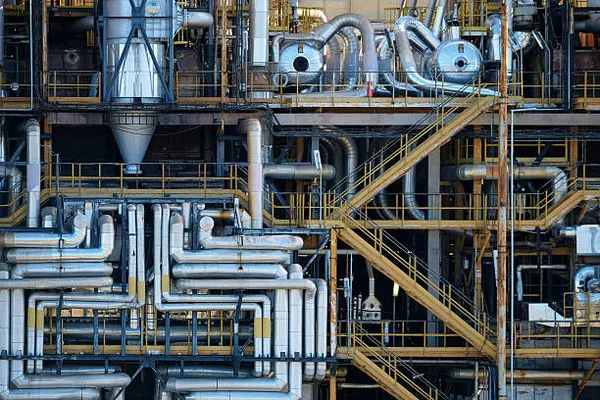In the sweltering heat of summer or the biting cold of winter, the car’s air conditioning (AC) system plays a crucial role in ensuring a comfortable driving experience. At the heart of this system lies the AC compressor, a component responsible for the circulation and compression of refrigerant gases. In this article, we will delve into the intricacies of how an AC compressor operates, shedding light on the processes that keep your car cabin cool and pleasant.
Understanding the Basics:
Before delving into the specifics of an AC compressor’s functioning, it is essential to comprehend the fundamental principles of air conditioning in an automobile. The AC system relies on the properties of refrigerant gases, typically a substance like R-134a, to transfer heat from the interior of the vehicle to the exterior. This heat transfer process is achieved through a continuous cycle that involves the compression, condensation, expansion, and evaporation of the refrigerant.
The Role of the AC Compressor:
The AC compressor stands as the linchpin in this cycle, facilitating the transformation of low-pressure gas into high-pressure gas. It is a mechanical pump driven by the vehicle’s engine, usually connected by a belt to the engine’s crankshaft. The compressor’s primary function is to pressurize the low-pressure refrigerant vapor it receives from the evaporator, initiating the heat exchange process that cools the cabin.
1. Compression Process:
The AC compressor initiates the refrigeration cycle by compressing the low-pressure gas, increasing its temperature and pressure. This high-pressure gas is then forced into the condenser, the next component in the system. The compression process is crucial, as it sets the stage for efficient heat dissipation.
2. Condensation and Heat Release:
As the high-pressure gas enters the condenser, located at the front of the vehicle, it undergoes condensation. In this phase, the gas releases heat to the surrounding environment, causing it to transform into a high-pressure liquid. The condenser, equipped with fins to maximize heat dissipation, plays a vital role in expelling the heat absorbed from the car’s interior.
3. Expansion Valve and Evaporation:
Following condensation, the high-pressure liquid passes through the expansion valve, where it undergoes a rapid reduction in pressure. This transition transforms the liquid into a low-pressure, low-temperature mist, ready for the evaporator unit.
The evaporator, usually located inside the car’s dashboard, absorbs heat from the cabin air. The low-pressure refrigerant evaporates in the process, turning back into a gas. This phase change results in a cooling effect, and the now-warm refrigerant gas is sent back to the AC compressor to restart the cycle.
See Also: What Is Compressor?A Comprehensive Overview
Maintenance Considerations:
To ensure the longevity and optimal performance of the AC compressor, regular maintenance is crucial. Routine checks should include inspecting the drive belt for wear, ensuring proper refrigerant levels, and checking for leaks in the system. A well-maintained AC compressor not only enhances the comfort of your driving experience but also contributes to fuel efficiency.
Common Issues and Troubleshooting:
Despite their critical role, AC compressors are not immune to issues. Common problems include refrigerant leaks, mechanical failures, and issues with the clutch mechanism. When facing AC-related problems, it is advisable to consult a qualified mechanic who can conduct a comprehensive diagnosis and recommend appropriate repairs.
Conclusion:
In conclusion, the AC compressor is an integral component of a car’s air conditioning system, playing a pivotal role in maintaining a comfortable interior climate. Understanding the mechanics of how the AC compressor works provides insight into the complexity of the entire air conditioning system. Regular maintenance and prompt resolution of issues are essential to ensure the longevity and efficiency of this vital automotive component, allowing drivers to enjoy a cool and comfortable ride regardless of the weather outside.

